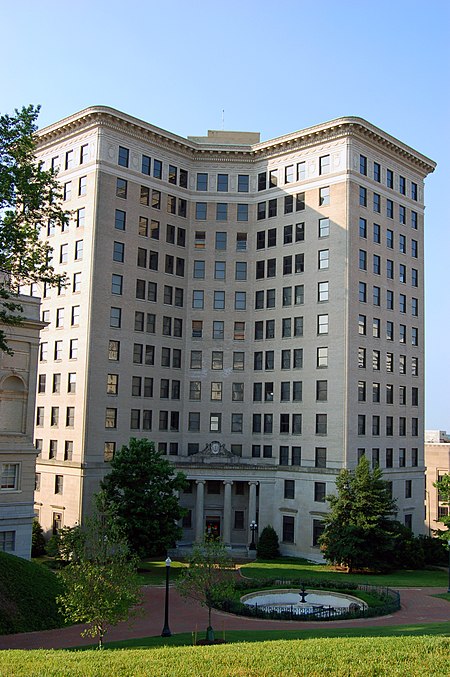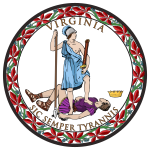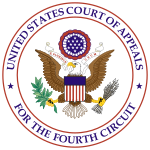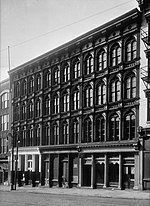George Washington Building
Beaux-Arts architecture in VirginiaBuildings and structures in Richmond, VirginiaGovernment buildings completed in 1923Government buildings on the National Register of Historic Places in VirginiaNational Register of Historic Places in Richmond, Virginia ... and 1 more
Richmond, Virginia Registered Historic Place stubs

George Washington Building, also known as the Virginia State Office Building, is a historic state office building located in Richmond, Virginia. It was built in 1922–1923, and is a 12-story, steel frame, "V"-shaped Beaux-Arts style building. The building has a one-story basement, two-story limestone base, nine-story brick shaft, and attic story with a deep cornice that features elaborate terra cotta ornament.It was listed on the National Register of Historic Places in 2011.
Excerpt from the Wikipedia article George Washington Building (License: CC BY-SA 3.0, Authors, Images).George Washington Building
Bank Street, Richmond Shockoe Slip
Geographical coordinates (GPS) Address External links Nearby Places Show on map
Geographical coordinates (GPS)
| Latitude | Longitude |
|---|---|
| N 37.5375 ° | E -77.433333333333 ° |
Address
Washington Building
Bank Street 1100
23219 Richmond, Shockoe Slip
Virginia, United States
Open on Google Maps











